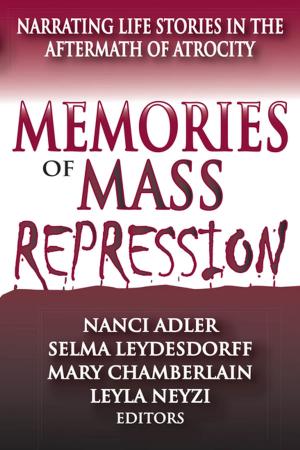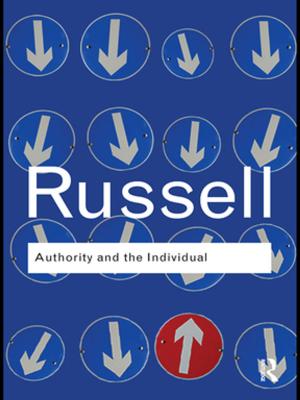Delinquency and Drift
Nonfiction, Social & Cultural Studies, Social Science, Crimes & Criminals, Criminology| Author: | David Matza | ISBN: | 9781351523028 |
| Publisher: | Taylor and Francis | Publication: | February 6, 2018 |
| Imprint: | Routledge | Language: | English |
| Author: | David Matza |
| ISBN: | 9781351523028 |
| Publisher: | Taylor and Francis |
| Publication: | February 6, 2018 |
| Imprint: | Routledge |
| Language: | English |
The first C. Wright Mills Award-winning book, Delinquency and Drift has become a recognized classic in the fields of criminology and social problems. In it, Matza argues persuasively that delinquent thought and delinquent action are distorted reflections of the ideas and practices that pervade contemporary juvenile law and its administration. His ideas are as persuasive today as when they were first published twenty-five years ago.
By example and illustration, Matza argues that the delinquent subculture is based on many of the same standards as the conventional social order, and that the delinquent's negation of the law is the result of his relations with an inconsistent and vulnerable legal code. Once the juvenile breaks his or her ties to the legal order, the drift to delinquency becomes relatively easy to justify.
The author also maintains that being liberated from legal constraint does not necessarily lead to delinquency; that event depends on the will to commit crime. Because delinquency remains one of our most serious social problems, it is important to consider Matza's thesis that the drift toward delinquency is frequently aided by the unwitting support of society and the guardians of social order.
The first C. Wright Mills Award-winning book, Delinquency and Drift has become a recognized classic in the fields of criminology and social problems. In it, Matza argues persuasively that delinquent thought and delinquent action are distorted reflections of the ideas and practices that pervade contemporary juvenile law and its administration. His ideas are as persuasive today as when they were first published twenty-five years ago.
By example and illustration, Matza argues that the delinquent subculture is based on many of the same standards as the conventional social order, and that the delinquent's negation of the law is the result of his relations with an inconsistent and vulnerable legal code. Once the juvenile breaks his or her ties to the legal order, the drift to delinquency becomes relatively easy to justify.
The author also maintains that being liberated from legal constraint does not necessarily lead to delinquency; that event depends on the will to commit crime. Because delinquency remains one of our most serious social problems, it is important to consider Matza's thesis that the drift toward delinquency is frequently aided by the unwitting support of society and the guardians of social order.















